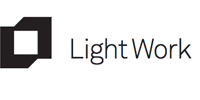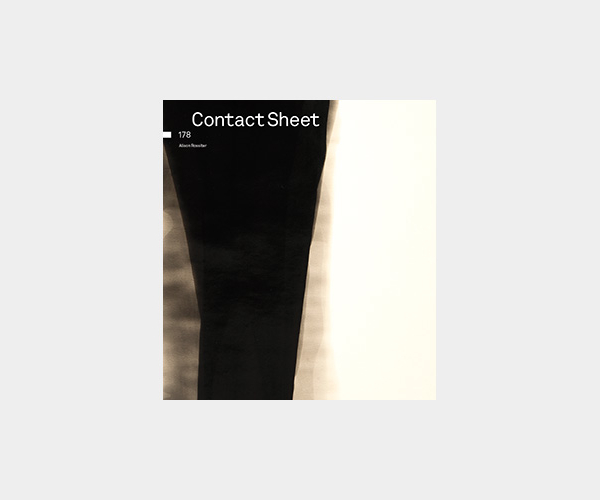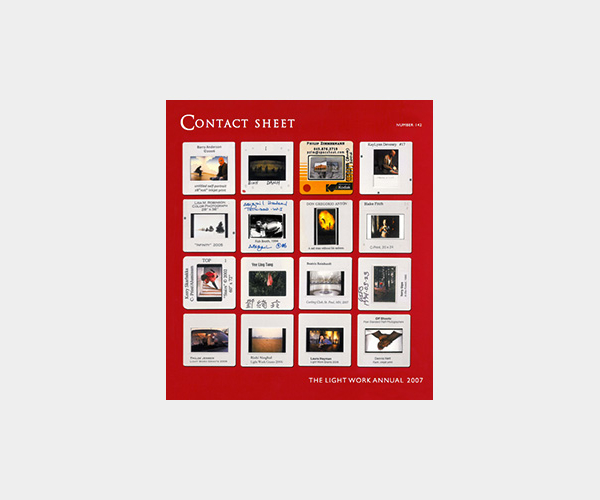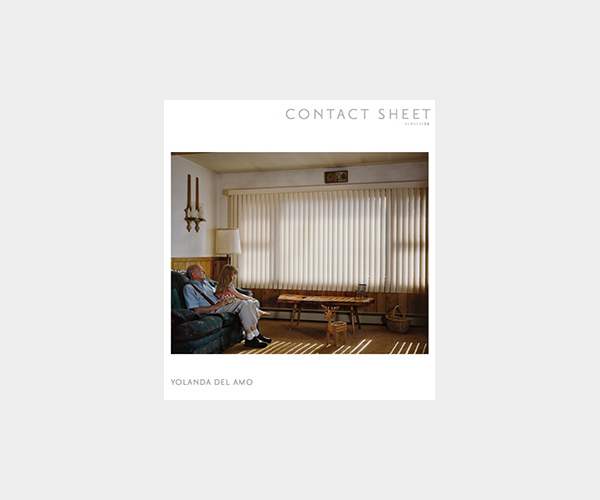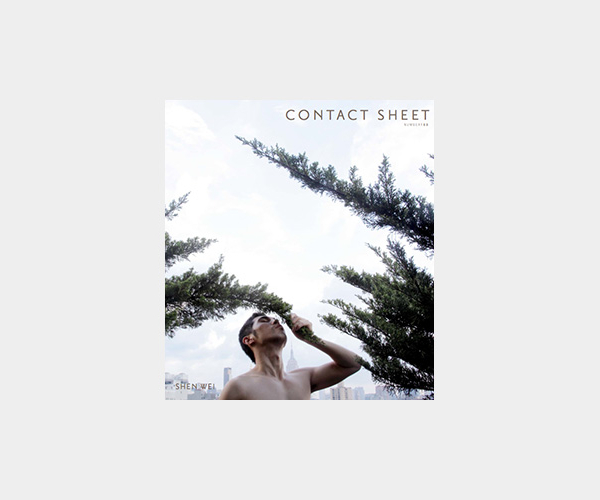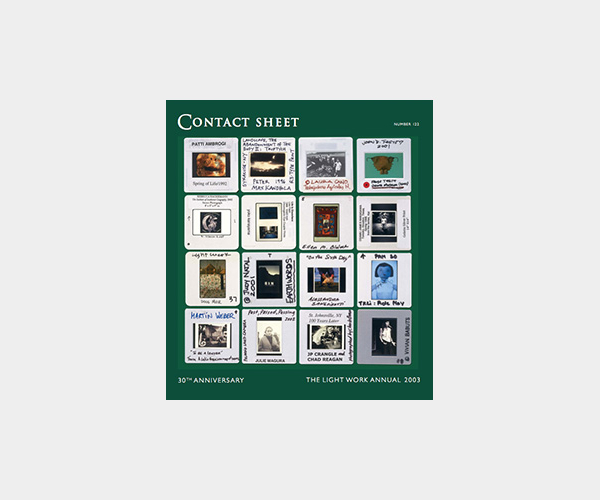Description
In 2007, Alison Rossiter purchased a battered box of silver gelatin print paper stamped with an expiration date of May 1, 1946. Hoping to use the paper to make photograms, she headed into the darkroom to make a test print. She describes what emerged on the paper as she moved it through the developer, stop, and fix as a beautiful graphite drawing.
Alison Rossiter uses camera-less photographic processes and expired paper to make abstract images relying on chance. The images are often aesthetically and conceptually in opposition to the exacting science of photography. Fingerprints, off-gassing, light leeks, and mold serve as indexical evidence of the action of time. She points out, “I don’t develop these prints. Time does.” In the darkroom she is dipping, pouring, and processing her collection of expired papers. Like the Abstract Expressionist painters she is often compared to, her process involves experimentation and a dialogue with simple raw materials.
This catalogue includes an essay by Mary Lee Hodgens.
—
Alison Rossiter’s photographs are in the collections of major public institutions including: the Art Institute of Chicago; the Philadelphia Museum of Art; the Minneapolis Institute of Arts; the Museum of Fine Arts, Houston; the Milwaukee Art Museum; the Museum of Contemporary Photography, Chicago; the Center for Creative Photography, Tucson; and the J. Paul Getty Museum, Los Angeles. An education at the Rochester Institute of Technology and the Banff Centre School of Fine Arts, teaching positions at the Nova Scotia College of Art and Design and Drexel University, freelance photography in the studios of Christie’s auction house in New York, and eight years as a photography conservation assistant at The Better Image provide the foundation for Rossiter’s careful experiments with expired papers. Rossiter is represented by Yossi Milo Gallery in New York and Stephen Bulger Gallery in Toronto.
